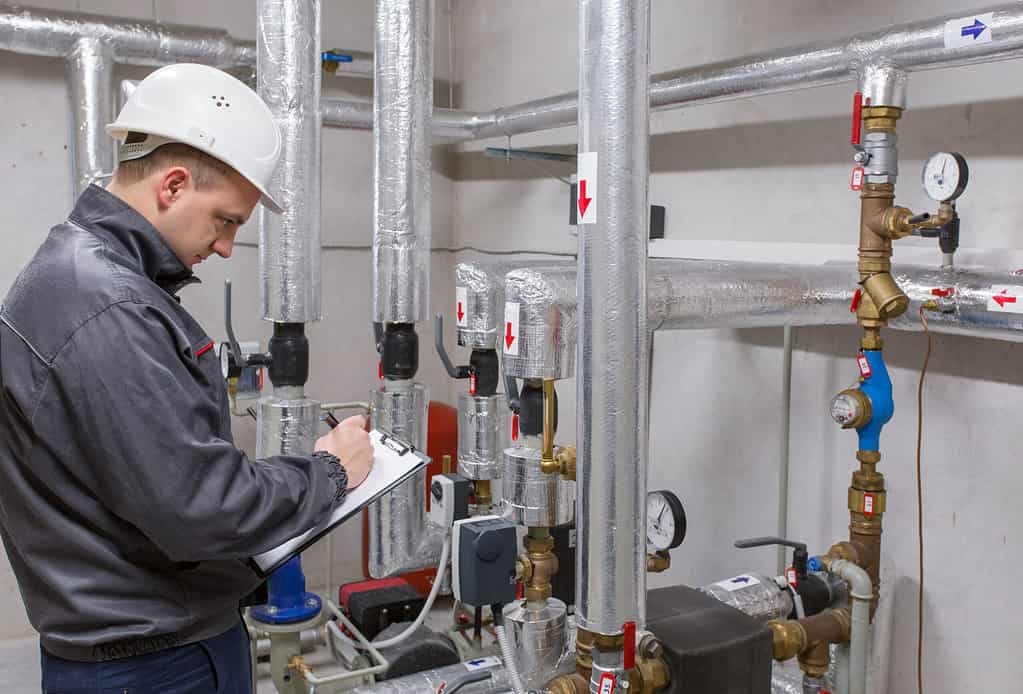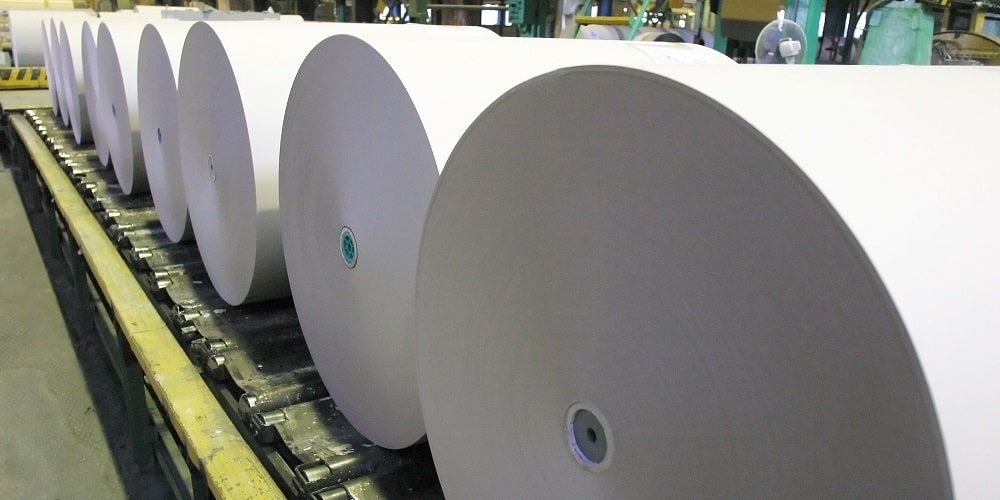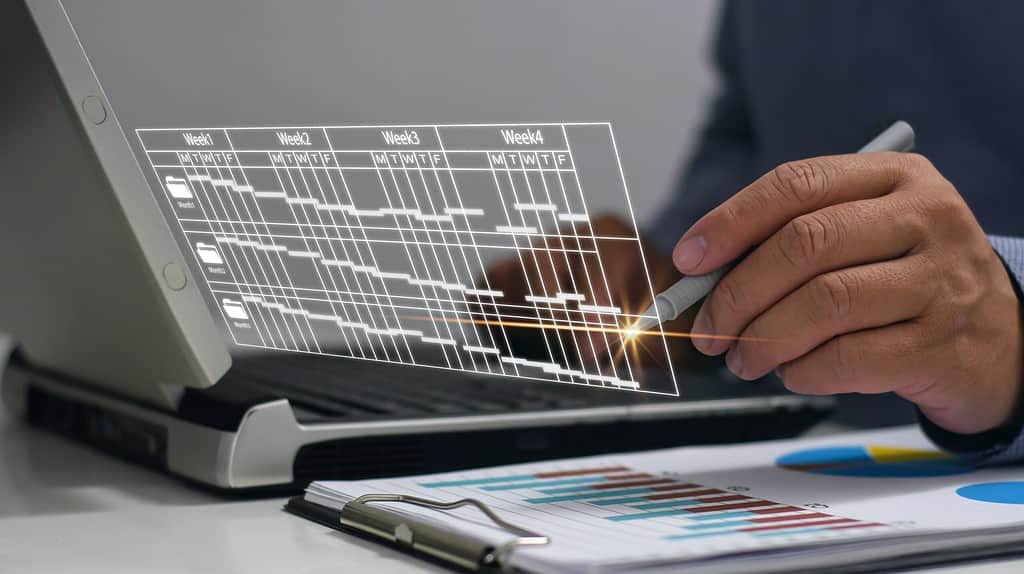Category: Measurement Systems Analysis (MSA)/Gage R&R

Mastering Gage R&R: Key Steps for a Successful Study
Published:You want to make good data-driven decisions, but can you trust your data? Is the measurement system you used to gather the data giving you precise and consistent measurements? A Gage R&R study will answer your questions.
Read more »
Making Sense of Attribute Gage R&R Calculations: Testing for Variations and Repeatability
Published:What is Gage R&R? Like it or not, any process will have variances and the potential for defects. Measurement error is unavoidable. There will always be some measurement variation that is due to the measurement system itself. Most problematic measurement system issues come from measuring attribute data in terms that rely on human judgment such […]
Read more »
Understand the Difference Between Verification and Validation
Updated:Many people use the terms verification and validation interchangeably without realizing the difference between the two. Not understanding that difference can lead to many models that do not truly represent a real-world process and lead to errors in forecasting or predicting the outcomes. In this article, we will explore the meaning, importance, differences, and basic […]
Read more »
Making Informed Decisions: The Power of Measurement System Analysis (MSA)
Updated:Making data-driven decisions is critical in today’s business environment, but can you trust your measurement system to give you meaningful data? Measurement System Analysis is the tool you need to know whether you can trust your data.
Read more »
Avoid Two Common Mistakes in Measurement System Analysis
Updated:Measurement system analysis (MSA) determines whether the measurement system is adequate and confirms that significant error is not introduced to the true value of a process characteristic. MSA is the one of the most misunderstood and underused concepts in Six Sigma. This article highlights two of the common mistakes made during the study and explains […]
Read more »
Why Calibration is Essential for Quality Control
Updated:Calibration is the act of testing the accuracy of measurement equipment and adjusting it to conform to an independent standard.
Read more »
Understanding Reproducibility: Ensuring Reliable Measurement Systems
Updated:If you have your three laboratory technicians measure the same samples using the same equipment and measurement process will they give you the same answers? Let’s learn more about the concept of reproducibility.
Read more »
Case Study: Use Category Resolution to Assess Gage R&R Results
Published:Although the gage reproducibility and repeatability (GR&R) study is a crucial tool in Six Sigma’s DMAIC (Define, Measure, Analyze, Improve, Control) toolset, it is not the most glamorous; mistakes in its execution are common among new Six Sigma practitioners. The standard for assessing if a gage is acceptable can vary significantly from organization to organization, […]
Read more »
MSA: Be Sure that Your Data Is Valid
Published:Data is the lifeblood of Lean Six Sigma. But that data must be measured reliably. Be sure to choose the right method to validate your data.
Read more »
A Comparison of Measurement System Analysis Metrics: Part 2 of 2
Published:The precision of a measurement system is commonly assessed using a gage repeatability and reproducibility (GR&R) study. Part 1 of this article discussed metrics used in measurement system analysis. Here, Part 2 compares commonly used GR&R metrics with probabilities of misclassification. Comparison of GR&R Metrics with Probability of Misclassification Using Numeric Simulation A simulation study […]
Read more »
A Comparison of Measurement System Analysis Metrics: Part 1 of 2
Published:The precision of a measurement system is commonly assessed using a gage repeatability and reproducibility (GR&R) study. In Part 1, this article describes available GR&R metrics. Part 2 covers their applicability to two broad cases of comparative study. Measurement system analysis has been a major part of process characterizations and improvements, with key guidance […]
Read more »
Measurement System Redesign and Innovative Data Management
Published:A multinational paper company wanted to reduce its cost of poor quality. The company recognized an opportunity to use Six Sigma concepts to minimize variability in its processes.
Read more »
The Art of Measuring What Matters
Published:“Ensure that every measure of performance is pertinent to the achievement of a goal or value of your organization. Otherwise, you risk misdirecting the organization.” –Peter Drucker, Management: Tasks, Responsibilities, Practices (Harper & Row, 1974) Even in well-managed, global companies, the failure to measure what matters can lead to unintended consequences. Consider the following real-world […]
Read more »
Gain Continuous Measurement System Validation with a 5/3 Strategy
Updated:Manufacturing processes vary over time. Occasional large, special-cause events that are sprinkled against a background of lesser variation are natural to the process. Most processes, as a result, use a control strategy, at the heart of which is a measurement system designed to manage the product properties that are critical to customers. To maintain accuracy, […]
Read more »
Anomaly in Normality: The Importance of Selecting the Right Measurement Scale
Published:A number of improvement projects are hampered because of lack of quality data. Engineers tend to overlook the importance of validating the measurement system, and even more importantly often times don’t select the right measurement instrument. During one such project, a company team was measuring the tube width with a vernier caliper. The specification width […]
Read more »
Characterizing the Measurement Process
Published:Measurement system analysis (MSA) can be fun, always impresses the customer, and can often result in an important surprise or two. Learn why gage R&R is only one part of the equation for achieving near risk free measurements of all types. Characterizing measurement error is one of the most important yet overlooked and misunderstood aspects of […]
Read more »
Measurement System Analysis Resolution, Granularity
Published:Quality improvement methodologies and the analyses that are performed within your organization are only as good as the data on which they are based. That is why it is essential to make sure that your measurement system – your gages, personnel, methods and procedures – is stable and capable of measuring your data before continuing with […]
Read more »
Attribute Agreement Analysis for Defect Databases
Published:A defect database that tracks errors in processes (or even products) – a database that is so sophisticated that it actually tracks where the defect occurred in addition to the type of defect – can provide powerful information. It can be quite helpful in scoping and prioritizing potential improvement opportunities. But is the data trustworthy? […]
Read more »
Measurement Systems Analysis in Process Industries
Published:The gage R&R study is the standard tool in the Six Sigma process improvement methodology to evaluate the adequacy of a measurement system with regard to measurement variability. While it is well established and widely used in the discrete manufacturing industry, it is less useful in process industries where the nature of measurements is different, […]
Read more »
Meeting ITIL SLAs: MSA for Project Completion Time
Published:A common service level agreement (SLA) measurement among Information Technology Infrastructure Library (ITIL) practitioners is project completion time, in one form or another. Many use a percent difference measurement between actual and forecasted, others simply subtract the actual completion time from the forecasted completion time. Whatever the final calculation, using the elapsed time between when […]
Read more »
The Power of Gage R&R in the Pharmaceutical Industry
Published:There is usually a strong belief that a validated analytical method, either partly automated or fully manual is simply perfect and cannot generate any defect since it complies with highly demanding regulations. Thus, any apparent variation in a production process is automatically attributed to the manufacturing process or raw material suppliers. The latter being also […]
Read more »
Proper Data Granularity Allows for Stronger Analysis
Published:Can we trust the data? This is the fundamental question behind measurement system analysis (MSA). The question can come up in any data-based project. Shortcomings in a measurement system’s accuracy (bias, linearity, stability or correlation) and precision (resolution, repeatability or reproducibility) can obstruct analysis purposes. One often-overlooked aspect of resolution is data granularity, or the […]
Read more »
Trusting the Data: Gage R&R in Transactional Projects
Published:An essential component of any Six Sigma project is the gage R&R step conducted during the Measure phase. Traditional training will cover the full analysis of variance (ANOVA) of a set of continuous data, an attribute gage R&R for discrete data and the destructive gage R&R. Since it is sometimes difficult to apply these tools […]
Read more »
A Simple Way to Test Data Without Doing a Gage R&R
Published:In Six Sigma work, practitioners normally are expected to conduct a gage R&R study to verify that that the measurement systems being used are providing measurements free from variations due to repeatability and reproducibility problems. This is usually done in the Measure phase of DMAIC (Define, Measure, Analyze, Improve, Control) prior to data analysis so […]
Read more »